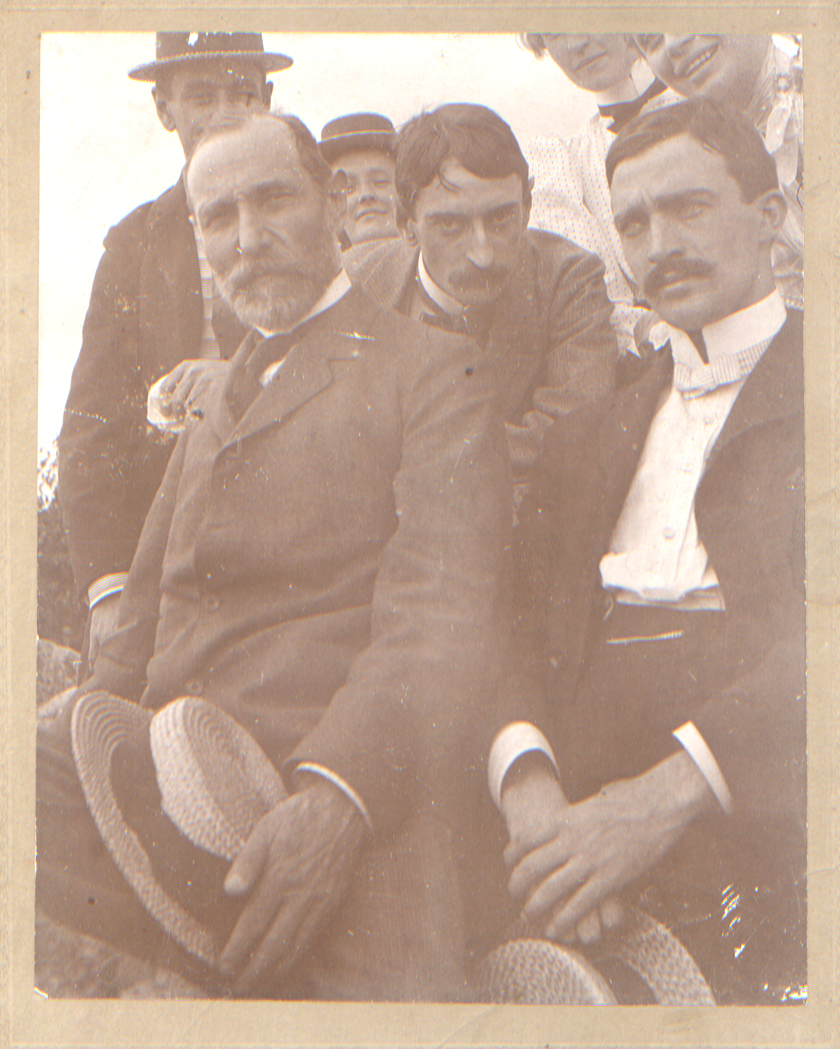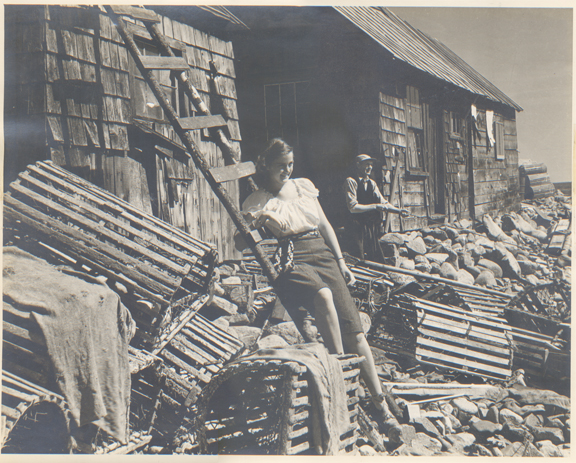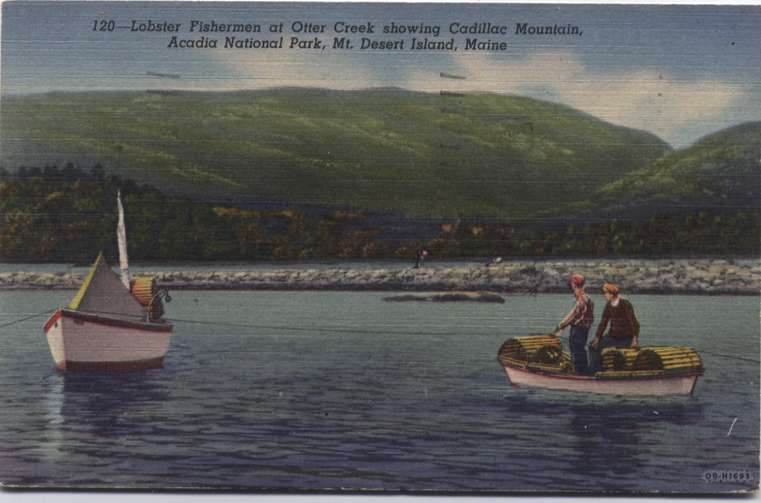A family group peers at the camera, dressed in their Sunday best. This photo is a souvenir from Sharon Springs, New York, a town that has seen better days. Sharon Springs is a bit rough, just like the unfinished lathes that frame the picture. There are seven people in this photo, seven unknown faces, each with an entire unknown life outside this printed image. These brief moments captured from a life tantalize me, and I buy stacks of black and white pictures of strangers at junk sales, old photo albums of other people’s worlds, and, like this photo, a single image of someone else’s relatives.
This family photo sits on a shelf in my laundry room, and I have gazed at these folks many times. The well-dressed men take the center of the stage, and at first glance the women are not even noticed. They are there, though. Two are leaning in from the top, trying to get in the picture, but so unimportant they have part of their heads out of the frame. This is not because the photo is missing a piece. They simply were not included when the photographer opened the shutter. Another woman seems to be on tiptoe, trying to look over the shoulders of the men. The men are front and center and proudly posed, straw boater hats in hand. A family resemblance is pretty clear, but they are all so eager to pose for the photographer it seems they are disconnected from each other. The spidery writing on back reads, “The Family Group, Dan’s Rock, September, 1899.”
Mounted on dark greenish cardboard, the faces in this photo landed in the antique shop where I found them, and now they are in Maine. We have become friends. I have never heard their voices, but I enjoy their company when I am cleaning the lint catcher, or folding napkins.
I have just been given another black and white photo, this one from the 1950’s, and taken here in my village, Otter Creek. At a chance grocery store encounter I was told about the photo. The owner was waiting for me outside when I left the store. He just happened to have it in his car; he wanted to make a sale. I wanted it, and now it is propped in front of me. Unlike the photo from Sharon Springs, I have plenty of resources for learning about this image.
Measuring 14×12 inches the photo is of the fishing shacks in the cove behind my house, which have been gone for decades. It was taken by photographer Sargent Collier in the 1950’s, and feels posed. Ansel Davis, Ans, pronounced sounding something like Ants, stands outside a shingled shack and pulls on a line, possibly pulling in his boat. A young girl leans against a ladder amidst a stack of lobster pots. The lobster traps are carefully draped in rags, and also lie in artful disarray. People who knew Ans say his would have been piled more neatly, and easier to use. The girl is a mystery. A relative of Ans’ says she looks familiar, and another person thinks she may be Ans’ son’s girlfriend. Whoever she is, she is not dressed for a day mending traps at the fish house. A soft clean white blouse, cotton skirt and ankle-wrap espadrilles seem specially donned for the occasion.
This photo was not in my copy of Collier’s book, Downeast, Maine, Prince Edward Island, Nova Scotia and the Gaspe. I went to the library and took out his 1952 book, Mount Desert, the Most Beautiful Island in the World, and found it on page 55. Instead of identifying the girl, the caption reads Lobstering is one of Maine’s chief industries, and here is a typical headquarters for the several million dollar annual endeavor. It is an odd, satiric or condescending comment. Flipping through the pages of the book I saw a picture of a couple toasting each other, one holding a cup of clam broth, the other hoisting a lobster. It is rather hokey, and definitely staged. I study Ans pulling on his rope in the photo, and am not convinced he has a boat on the other end. But it still seemed likely that the girl, even if she had dressed up for the picture, had a connection to Ans, and to Otter Creek.
I continued to show the photo to neighbors and family, hoping to find out about the girl, but learned more about Ans with each encounter. He was friendly with kids, and shared his knowledge of lobster fishing and making traps. His wooden traps were hand-made, and fitted with intricate knot work. He passed on this skill. He called my brother-in-law Peewee, and my husband ice fished near him at Eagle Lake. I learned about the road to his house, Corkscrew Hill, which connected the east and west sides of the village before a causeway was built. There are still a few granite blocks where the bridge was, and a faint trail where the road ran. But no one knew who the girl was.
There were plenty of people who remember Ans, though. The wharf on the far side of the cove was Ans’ wharf. He lobstered and gardened and raised children and had a fish house on the cove. Although not a big talker, he took the time to pose for a photographer from away. His family was one of the first to settle Otter Creek.
I learn nothing about the girl, but am getting to know Ans. He worked long, hard days. Physical labor was just part of life. Now I have seen his face. He was kind to children, and shared. I learned that when he “was done,” meaning too old, worn and tired to work, he went home and put a shotgun in his mouth and killed himself. He simply couldn’t do what he wanted to do any longer.
This photo, acquired by chance, brought new people in my life. They smile, silent. Their lips never move, but stories were told. I may never know who the girl was, but because of her, I have gotten to know Ans.




